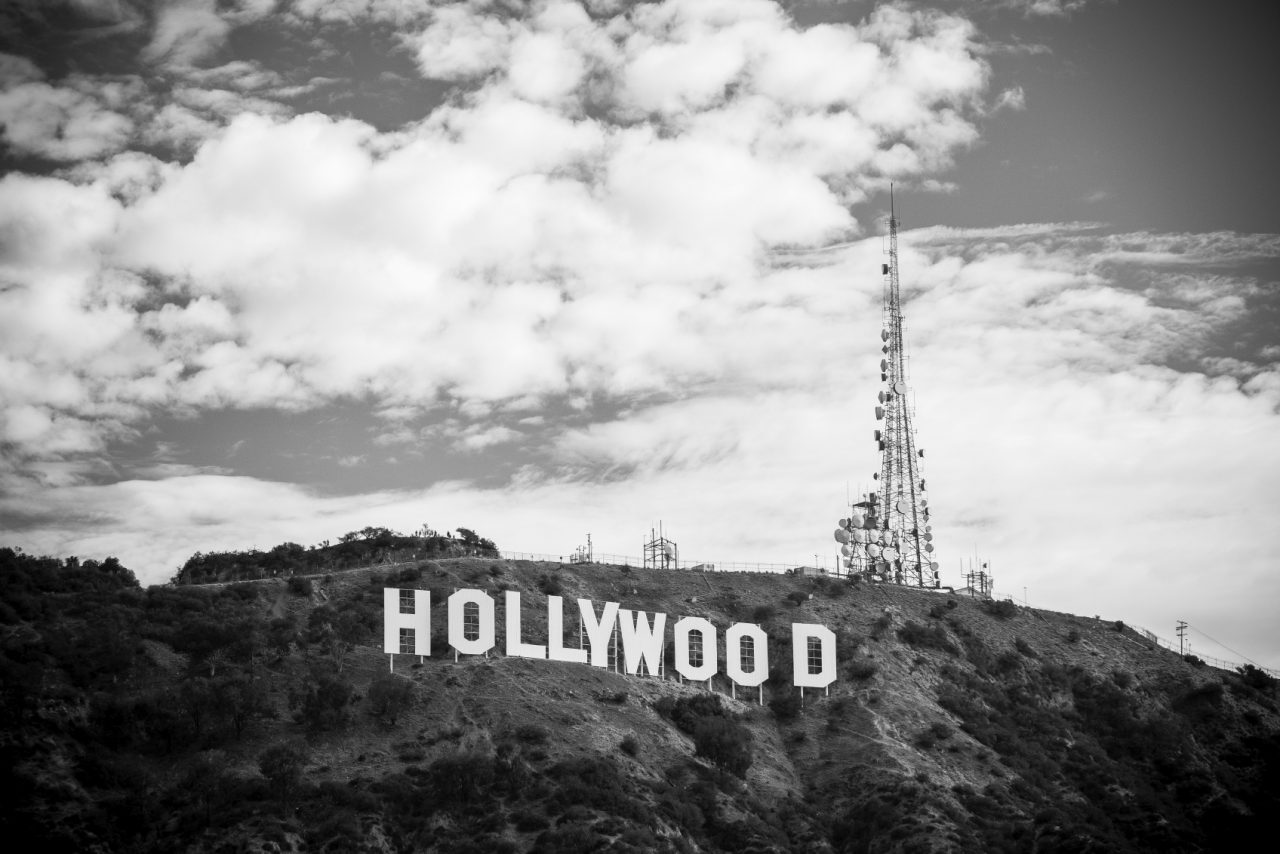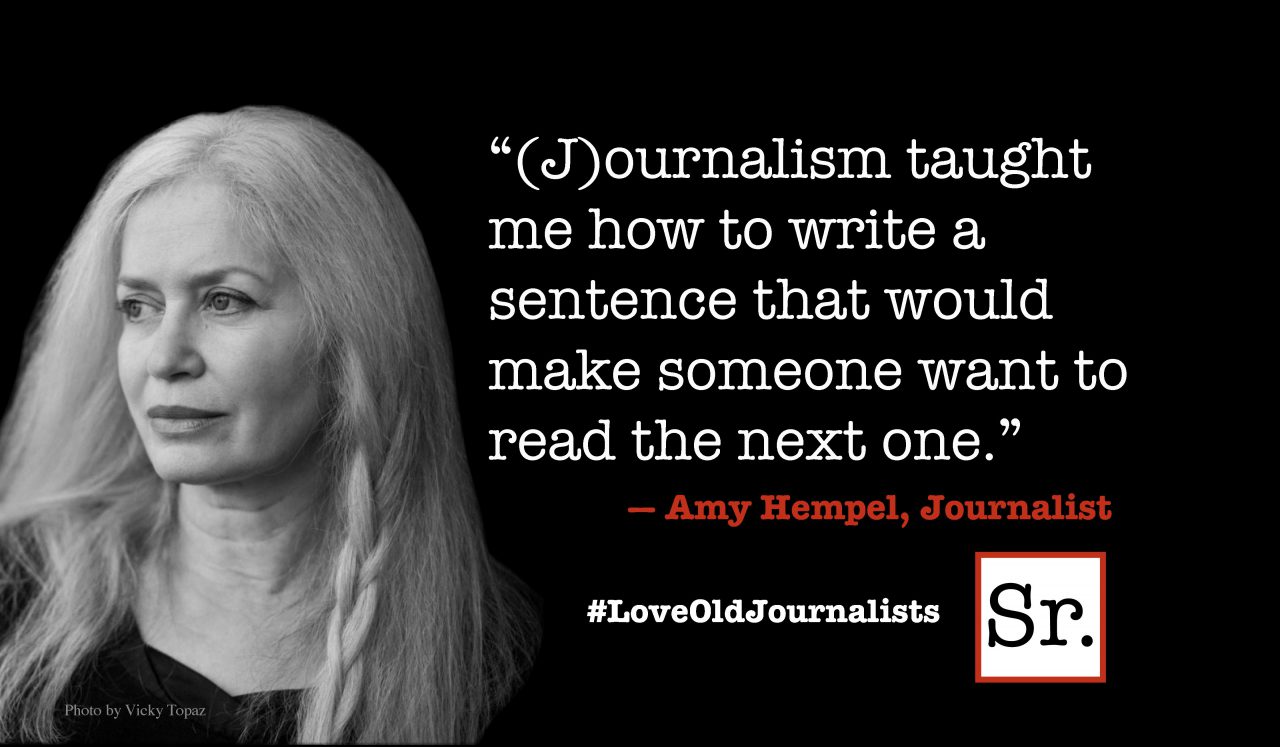Looking at the current movie scene it’s easy to get depressed.
So many of today’s films are based on comic books, or are part of a long-running franchise (look for the Roman numerals) or feature the same faces doing the same things they’ve already done in earlier films.
Big action, big special effects are the order of the day.
Is Hollywood now incapable of making a decent drama or comedy, of addressing real issues, of giving us pictures that actually matter?
Well, yeah. That’s kinda the deal.
At least it is at the big studios.
Here’s what you’ve got to understand: Today, according to The Hollywood Reporter, the average cost of a Hollywood studio picture (production and marketing) is around $40 million.
That’s for a Melissa McCarthy comedy. If you’re talking about an FX-heavy superhero flick the tab starts at $200 million.
With that sort of money on the table, the studios do everything possible to ensure a hit.
Except that — as screenwriter William Goldman wisely observed four decades ago — “nobody knows anything.”
Goldman was writing about the fickleness of the moviegoing public and the inability of Hollywood to accurately predict what films the audience would go for. A movie that would seem to have all the right elements might flop. A little unknown project might become a sleeper hit.
Given that nobody knows anything, Hollywood tries to bend the odds in its favor by giving us what has worked in the past. Thus the reliance on sequels and franchises, on familiar characters drawn from pop culture (especially comic books), old TV shows and movies.
That sort of film is much easier to sell than a subtle drama or comedy that cannot be boiled down to 90-second trailer. Plus, big action films are popular the world over. The same cannot be said for talky dramas in which language matters.
The studios will still tackle the occasional “prestige” project, but only if there’s a major star on board to bring in his/her fan base. A good example is the upcoming “Black Mass” with Johnny Depp as Boston gangster Whitey Bulger.
But nature — and the silver screen — abhors a vacuum. The upside of Hollywood’s reliance on blockbuster hits is that it offers an opportunity for independent filmmakers to make serious films. As long as they don’t cost too much.
A few years back I was lucky enough to land an interview with Woody Allen, who told me the key to his long career was that he made movies so cheaply that it was beneath the dignity of a studio suit to even bother with them.
That skinflint model of moviemaking actually attracts highly-paid stars who work at a fraction of their going rate just for the chance to appear in a film that has something on its mind.
Look at recent Oscar winners: Matthew McConaughey for “The Dallas Buyer’s Club,” Julianne Moore for “Still Alice,” Eddie Redmayne for “The Theory of Everything,” Natalie Portman for “Black Swan,” Colin Firth for “The King’s Speech,” Cate Blanchett for “Blue Jasmine.”
These were modestly-budgeted (and in some cases dirt cheap) productions. Most of these actors took big pay cuts (sometimes even becoming a producer of the film) for the opportunity to tackle roles with more depth and meaning than they’d been getting from the big studios.
Something else to think about: The makers of a $100 million movie are not about to alienate any part of the potential audience by actually taking a stand on an issue. No wonder so many Hollywood films seem insufferably bland.
But a little independent film has little to lose by pissing off some of the patrons. There’s just not that much money at stake.
Are good movies still being made? Of course. But don’t expect to see ads for them on TV or in the magazines. They lack the means for big marketing efforts.
On any given weekend in Kansas City (where I live), at least two — sometimes as many as six — documentaries, foreign language pictures, and independent films open on local screens.
Among the titles playing right now are “Digging for Fire,” “I’ll See You in My Dreams,” “Diary of a Teenage Girl,” Mistress America,” “The Look of Silence,” “Being Evel,” Jimmy’s Hall,” “Steve Jobs: The Man in the Machine” and “Do I Sound Gay?”
Never heard of them? You’ve been looking in the wrong places. Good films — even great — are out there. But you’ve got to pay attention.
One more observation. When the big studios blew off any responsibility to make movies that matter (at least in more than a fiduciary way), they left a hole that was quickly filled by the premium cable networks.
In recent years some of the best movies produced by Hollywood have come from HBO and, to a lesser extent, Showtime.
Titles like “Angels in America,” “Gray Gardens,” “Reversal of Fortune,” “Game Change,” “Olive Kitteridge,” “Behind the Candelabra” and “Temple Grandin” would never get made as theatrical features. To whom would a studio market them? They’re smart, they’re beautifully acted, they’re ambitious and they usually tell little human stories.
But HBO doesn’t have to sell tickets to 15 year olds. Before any of its movies air they’ve already been paid for by the network’s subscribers. And that frees the filmmakers to be daring, controversial and to ignore the wham-bam attitude and pacing of so many big theatrical movies.
Don’t gripe about Hollywood. Get even by supporting a little movie — one that matters.









